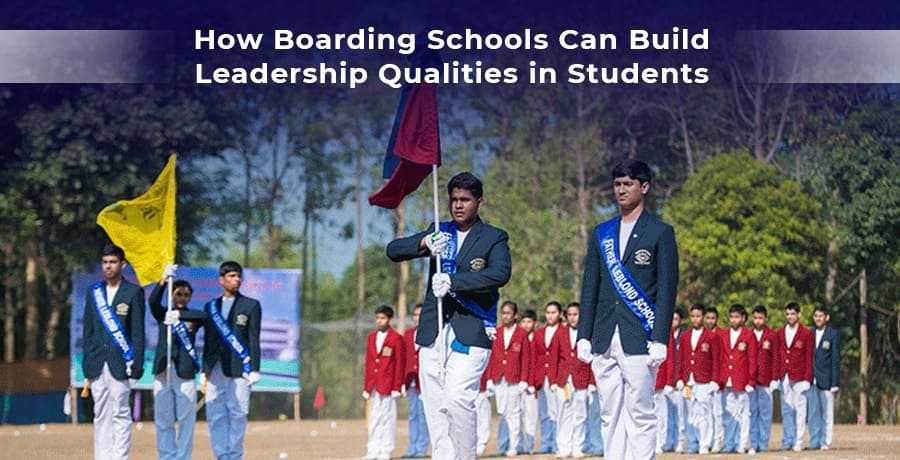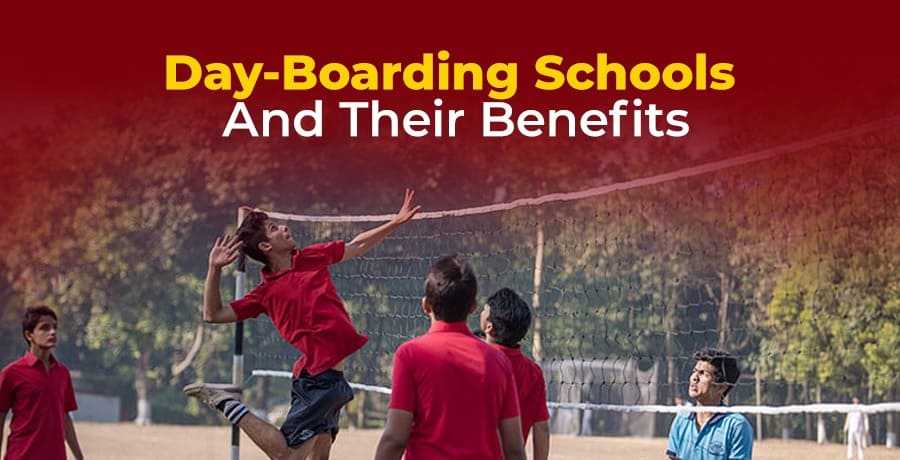Every parent care about the education of their children and wants to provide them with the finest possible education. A child's education today goes beyond teaching them to read and write. Training a youngster entail advancing his knowledge, exposing him to various viewpoints, and acquainting him with his surroundings.
The few questions that come to mind when we consider our child's education are:
- When should a youngster begin attending school?
- What age must a person be to enroll in pre-primary or primary school?
- When do applications for schools open?
This page outlines the many phases of Indian schooling.
- Pre - Primary: India's educational system is not much different from that of other nations. Pre-primary education is seen as the foundation for a child's knowledge, skills, and behavior development. The child enters the primary level after completing pre-primary school. The first phase of compulsory education is education. It helps the kids prepare for their higher-level academics in the future. The Preparatory class (pre-nursery), nursery, LKG, and UKG are the classes that makeup India's pre-primary stage of schooling. The kindergarten (KG) stage is another name for the LKG/UKG stage. Children are exposed to a variety of fundamental preschool learning activities in playschools, which helps them become independent more quickly. These preschool activities aid in the development of numerous self-help skills, including eating, dressing appropriately, maintaining personal hygiene, and other fundamentally sound practices. Even though elementary education in India is not a fundamental right, pre-primary education is an integral aspect of every school system.
2. Primary: Classes, I through V make up the primary stage, which is a five-year programmed that is offered in 20 States and the Union Territories of Andhra Pradesh, Arunachal Pradesh, Bihar, Haryana, Himachal Pradesh, Jammu & Kashmir, Madhya Pradesh, Manipur, Orissa, Punjab, Rajasthan, Sikkim, Tamil Nadu, Tripura, Uttar Pradesh, West Bengal, and the Andaman & Nicobar Islands. In Assam, Goa, Gujarat, Karnataka, Kerala, Maharashtra, Meghalaya, Mizoram, Nagaland, Dadra & Nagar Haveli, Daman & Diu, Lakshadweep, and the Mahe part of Pondicherry, the basic stage is comprised of classes I through IV. The minimum age to enroll in class I is 5. 12 weeks to 6 years. For class II, 6 months equals 6 years. 7 years to 6 months. six months, and so forth. Primary school enrolment begins at the age of six and lasts until the age of fourteen. The primary form of education facilities is looked after by the elementary education mission in India. Pre-primary education comes before primary school, and secondary education comes after elementary school. Science, geography, history, arithmetic, and other social sciences are among the disciplines taught at primary school.
3. Middle Stage: Classes VI through VIII make up the middle stage of education in 18 States and Union Territories, including Arunachal Pradesh, Bihar, Haryana, Himachal Pradesh, Jammu & Kashmir, Madhya Pradesh, Manipur, Punjab, Rajasthan, Sikkim, Tamil Nadu, Tripura, Uttar Pradesh, West Bengal, and Andaman & Nicobar Islands; Classes V through VII in Assam, Goa, Gujarat, Karnataka, Kerala, Maharashtra, Meg Classes V through VIII make up the upper primary stage in Nagaland.
4. Secondary Stage: Classes IX through X makes up the second stage/high school in 19 States and UTs. For example, Andaman & Nicobar Islands, Chandigarh, Delhi, Haryana, Himachal Pradesh, Punjab, Rajasthan, Sikkim, Tamil Nadu, Tripura, Uttar Pradesh, West Bengal, and Karaikal region of Pondicherry. In 13 States/UTs, including Andhra Pradesh, Assam, Goa, Gujarat, Karnataka, Kerala, Maharashtra, Meghalaya, Mizoram, Orissa, Dadra & Nagar Haveli, Daman & Diu, Lakshadweep, and Mahe & Yanam regions of Pondicherry, classes VIII to X are considered to be in the high school stage. Mathematics, science, social science, English, Hindi, and the regional language of a particular state are the subjects covered in the second grade.
5. Senior Secondary Stage: All States and UTs offer classes XI-XII (10+2 pattern) in the Higher Secondary/Senior Secondary level of a school, though in some States and UTs these classes are affiliated with universities or colleges. Students must choose their studies in the senior secondary grade based on their interests. Medical, Non-Medical, Commercial, and Arts are the many streams. Even though there have only been a few adjustments, India's education system as a whole has not seen any significant changes. Modern teaching tools and smart classrooms are part of Indian education. All of them are assisting the students in gaining a deeper comprehension of their course material.
Father Leblond School being the Best School in Siliguri focuses on students from all stages to ensure their overall development and co-curricular performances. We strive to make learning easy for the students along with allowing them to enjoy the environment freely.




